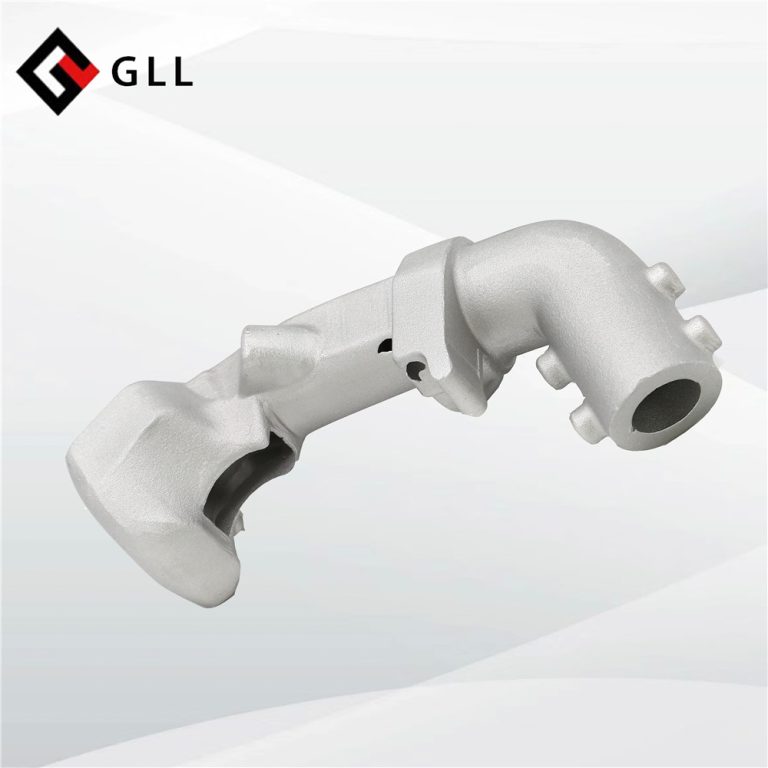






Gravity casting is a manufacturing process used to create metal parts, particularly those with complex shapes or fine details. It is also known as permanent mold casting or gravity die casting.
The process involves pouring molten metal into a reusable mold made of steel or cast iron. The mold is designed to have a specific shape and cavity that will create the desired part. The molten metal is poured into the mold by gravity, which is why it is called gravity casting.
Once the molten metal cools and solidifies, the mold is opened and the part is removed. The part may require additional finishing, such as trimming, polishing, or machining, to achieve the desired surface finish and dimensional accuracy.
Gravity casting is commonly used for producing parts for the automotive, aerospace, and industrial sectors. It offers several advantages, including the ability to produce complex shapes with high precision and excellent surface finishes. It is also a relatively efficient process, allowing for the production of large quantities of parts in a short amount of time.



| Tooling Material | Aluminum,45#, P20, H13, 718, 1.2344, 1.2738 and so on |
| Material | Aluminum, Aluminum Alloy, ADC12 , A380, AlSi10Mg or customized . |
| Casting Tolerance | DIN 7168-m, CT9-CT10 |
| Dimension | 3mm to 2000mm |
| Tooling Life | 50K pieces |
| Quality Test | CMM |
| Part Weight | from 3 g — 20kgs |
| Surface Treatment | Mill-Finished, Powder Coating, Polishing, Brushing, etc. |
| Drawing format | IGES, STEP, AutoCAD, SOLIDWORKS, STL, PTC Creo, DWG, PDF, etc.. |
| Deep Processing | CNC / Cutting / Punching / Checking / Tapping / Drilling / Milling |



Copyright © 2023·GLL CASTINGAll rights reserved.